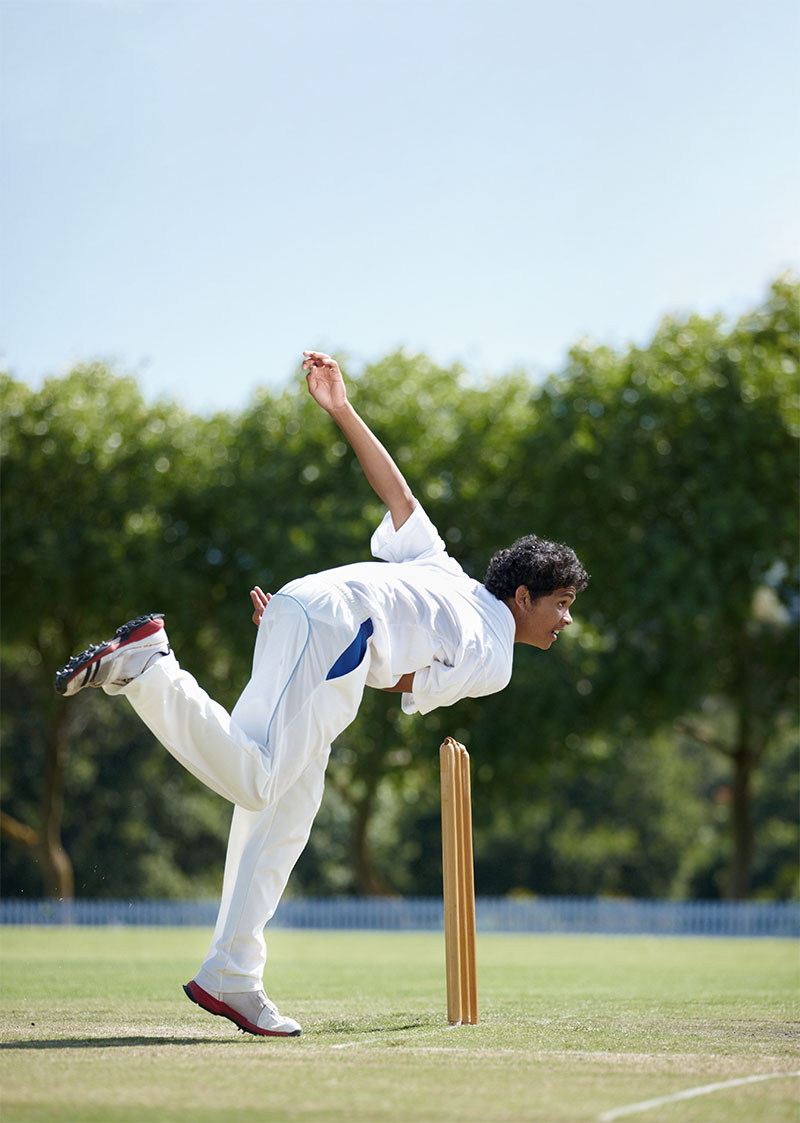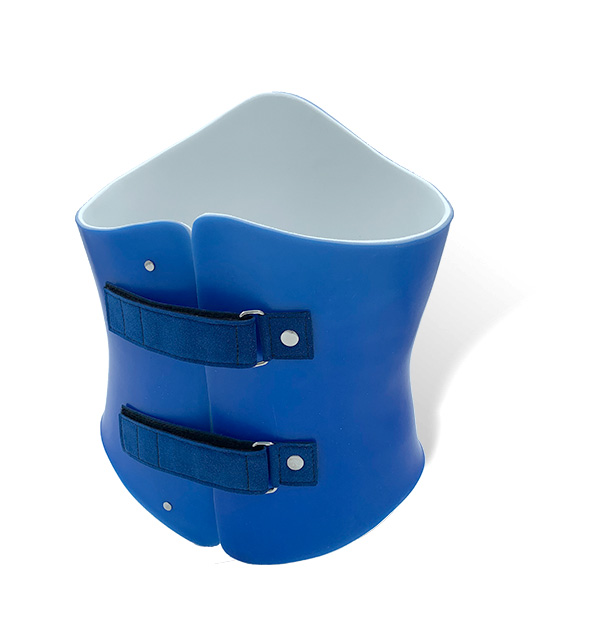
Research shows that 67% of fast bowlers will experience this injury at some point in their careers
10 October 2024
Cricket is a physically demanding sport, especially for young, fast bowlers. Recently, we have seen a rise in teenage cricket players being referred to us with pars stress fracture, an injury that affects the area connecting the upper and lower joints of the spine.
This increased risk of pars stress fracture (also known as spondylolysis) particularly affects cricketers aged between 14 to 17. This injury occurs when a small bone in the lower spine, the pars interarticularis, develops a stress fracture due to repeated strain.
While pars fractures may sometimes be asymptomatic, it’s important to watch for signs such as:
Adolescent athletes, particularly bowlers between 14-17 years old, are more vulnerable to this injury because their skeletons are still growing. Their bones haven’t fully matured, making them less able to handle the repeated stress that fast bowling places on the lower back.
The unique fast bowling action, which combines a long run-up and powerful motion, puts extreme strain on the lumbar spine.
Pars fractures are often caused by repetitive stress rather than one-time incidents. Unfortunately, they can sometimes be misdiagnosed by GPs as soft tissue damage, delaying proper treatment.
If a pars fracture isn’t properly diagnosed and treated, it can worsen and lead to more serious conditions like spondylolisthesis, where a vertebra slips out of place.
Fast bowlers are particularly at risk, with up to 67% experiencing this injury at some point in their careers, often requiring months away from the sport. Among fast bowlers, stress fractures account for 15% of all missed playing time in cricket.

Bespoke pars fracture brace
Treatment for pars fractures usually involves rest and bracing to stabilise the spine.
At the London Orthotic Consultancy, we offer a non-surgical spinal brace that helps promote healing and manage pain. The brace is custom-made to fit each patient and is typically worn for 3 to 6 months, depending on the consultant and orthotist recommendations.
For cases that don’t improve with conservative treatment, surgery may be considered as a last resort.
If your child plays cricket regularly and experiences persistent lower back pain, it’s important to seek medical advice and proper diagnostic tests to rule out a pars fracture. Early intervention can help prevent long-term damage and ensure a quicker return to the sport.
Don’t ignore persistent lower back pain—get a GP referral and MRI scan to catch this injury before it worsens.
LOC has been successfully treating pars fractures for years, with positive results in our patient group. None of our braced patients have required surgery—a testament to the benefits of early intervention. Further research is underway to analyse our success rates, and updated data will be available early next year.
You can download our pars fracture awareness campaign poster (PDF) here.
If you're concerned about back pain or would like more information, don't hesitate to get in touch and book a consultation with one of our specialist clinicians.